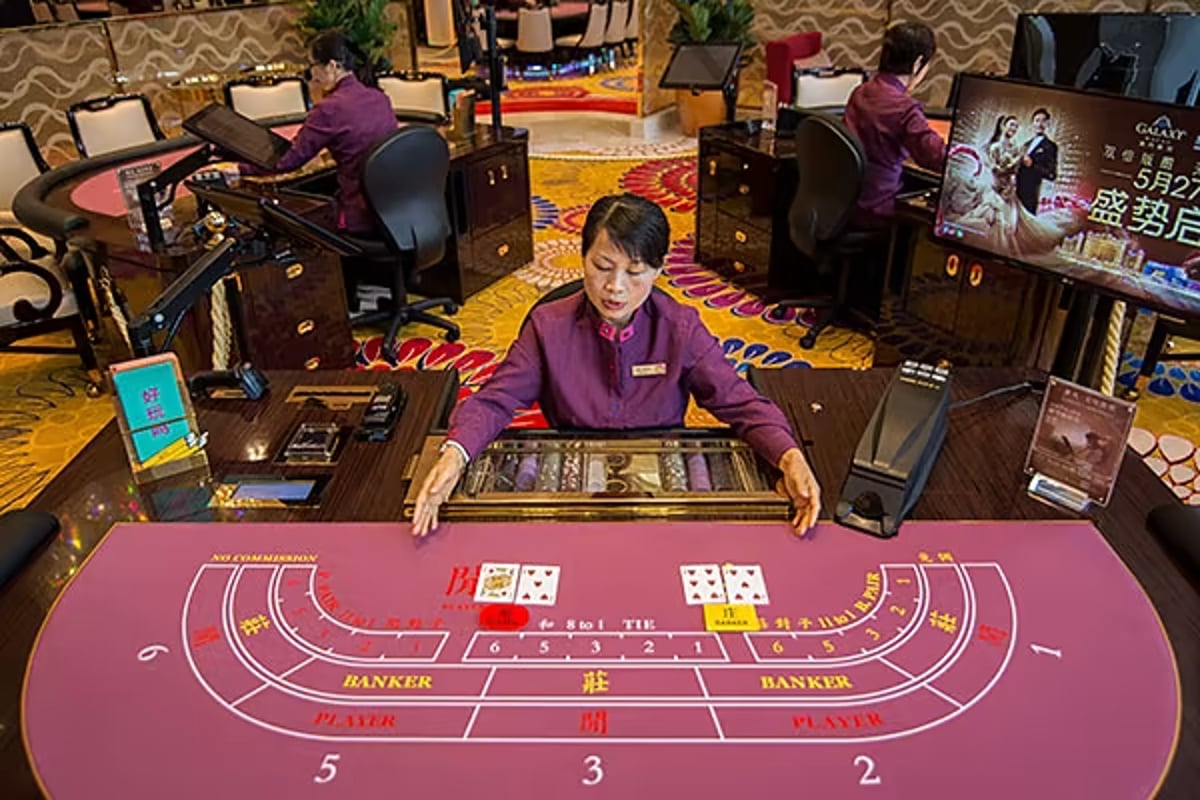Regarding slot games, players often find themselves enthralled by the shimmering lights, exciting themes, and the adrenaline of spinning the reels. But beyond the sparkle and fascination lies an important concept that every player should understand: Return to Player, or RTP. This vital metric plays a significant role in determining how much of your wagered money will return to you over time, shaping your experience and strategy as you play.
RTP is commonly stated as a percentage and represents the average amount of money returned to players compared to the overall stakes. For instance, if a slot game has an RTP of 95 percent, it means that, on the average, players should anticipate receiving ninety-five dollars for each $100 wagered. Understanding this concept can help players make informed decisions when deciding on slots to spin, ultimately improving their overall casino experience.
What exactly the meaning of RTP? dagatructiep
Return to Player, also known as RTP, is a crucial concept in the field of slot machine games. It indicates the fraction of total wagered amounts that a particular slot machine is designed to return to players over time. For example, if a slot has an RTP of 95%, this means that, theoretically, players should anticipate to reclaim 95 dollars for each $100 placed over time. Grasping RTP helps players evaluate the possible returns of the various slots available.
RTP does not serve as a guarantee of personal wins but instead it is a average calculated over many spins. Players’ experience might be different significantly due to the randomness inherent in the games. A higher RTP indicates more favorable odds for the player, which makes it a critical aspect to think about while selecting the slots to choose. Still, even with high RTP, there can be stretches during which players encounter losses, since chance plays a significant role.
It is also worth noting that various slots have varying RTP percentages. Some machines may have a lower RTP because of a significant entertainment or unique features, while others keep a elevated percentage to attract more risk-averse players. Understanding RTP empowers players to make informed decisions about their gambling strategies and oversee their funds efficiently while enjoying the thrill of slot machines.
How RTP is Determined
The Return to Player, also known as Return to Player, represents a key metric within the realm of gambling slot machine titles. It represents the percentage of total bet money which a slot machine can be expected to pay back to players in the long run. Comprehending how RTP can be calculated demands understanding into both the game’s architecture as well as its payout structure. The return value is determined via intricate algorithms as well as statistical analyses executed in the course of the game creation process. Game creators take into account various factors, which include the frequency of successful outcomes as well as the size of returns on each combination.

To calculate this metric, the creators simulate a large number in terms of spins of the slot machine. Such simulations aid determine the average amount that on average, a player is likely to earn according to their bets. For example, when a slot game boasts an average return of 95 percent, it suggests that, theoretically, among every one hundred dollars wagered, gamblers should anticipate receive ninety-five bucks back over time. That value doesn’t represent how much a player might receive during a one play or during a couple of spins; rather, it shows overall return projections.
The values of RTP are usually published by the gaming house and game developer. Gamblers must always seek out such information while selecting a slot game, as it can significantly affect their gaming experience. A higher return value usually means a higher chance to recoup a segment of wagered money, even though individual plays may differ greatly. Understanding RTP enables players make informed decisions while improve their overall enjoyment within the realm of casino slots.
Importance of RTP in Casino Games
Understanding the Return to Player or RTP is important for any player involved in gambling on slots. Return to Player refers to the percentage of total bets that a game is set to return to players over time. A higher RTP shows that gamers can expect receiving a bigger portion of their wagers back, making it an valuable factor for those looking to enhance their gambling enjoyment. Knowing this figure helps players make informed decisions about which games to play, as it can greatly influence their potential winnings.
Additionally, Return to Player holds a crucial role in the overall equity and transparency of slot games. Players are often drawn to games with greater RTP percentages because they provide a superior opportunity of success over the duration of gameplay. Gaming establishments and software creators use RTP as a selling point to attract players, guaranteeing they maintain a lead in the growing gambling industry. By understanding of RTP, gamers can choose slots that match with their comfort level and gaming goals.
Ultimately, the concept of RTP promotes safe gaming practices. Recognizing that not all slots will provide immediate returns and that Return to Player is determined by extended play, players can manage their expectations and playing habits effectively. This knowledge enhances the enjoyment of casino slots while promoting a more sustainable gambling landscape. Gamers who grasp the importance of RTP are more prone to have a more satisfying time and lessen the chances of problematic gambling behavior.
